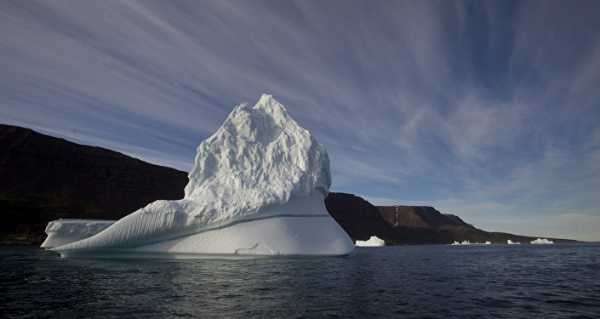
Sea-level rise, which is primarily caused by melting glaciers, increases coastal erosion and intensify hurricanes and typhoon in the surrounding area. Being the biggest contributor to global sea-level rise, Greenland tries to reduce carbon dioxide emissions (CO2) and bring the world’s attention to the effects of climate change.
Sea level continues to rise, as the plume of molten rocks beneath central Greenland heats the surface and contributes to ice melt, the research carried out by geophysicist Genti Toyokuni and his colleagues from the Tohoku University reads.
The research findings have shed light on the problem of global sea-level rise caused by the melting of the Greenland ice sheet, as well as improve people’s understanding of seismic activity in this region, the British Daily Mail cited the Japanese geophysicist as saying.
The study also found that the Greenland plume has two branches feeding into other plumes within the region, thus intensifying the heat. Professor Toyokuni expressed hope to continue the study and examine the thermal process on a larger scale.
Global sea-level rise was first recorded at the beginning of the 20th century. It is considered to be one of the most threatening effects of climate change. As of now, Greenland is the biggest contributor to sea-level rise, since its ice surface has been melting for decades due to seismic activity beneath the island.
The previous study published in the Nature Communications scientific journal proved that Greenland’s largest glaciers might soon lose a more sizable amount of ice than ever predicted, as the ice is melting faster than at any time within the last 12,000 years.
Sourse: sputniknews.com






